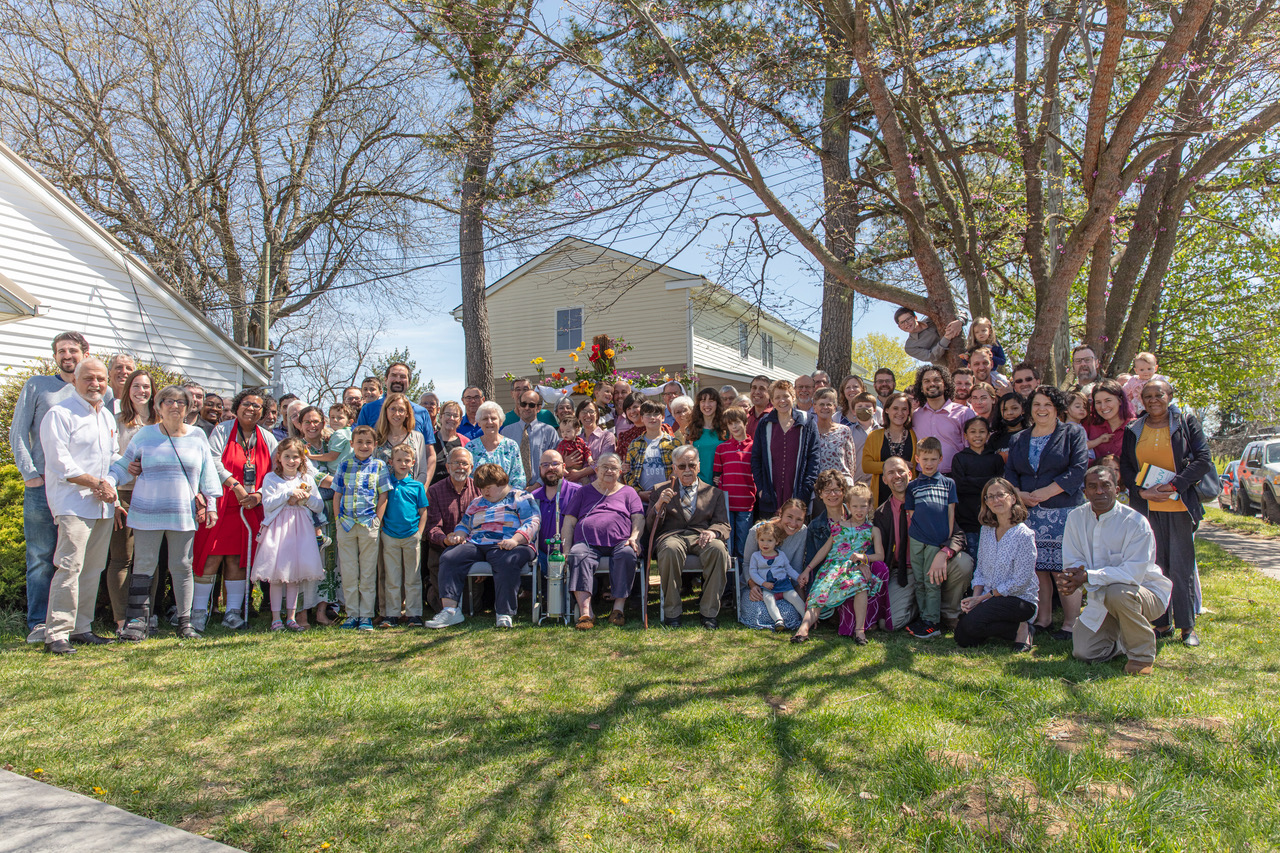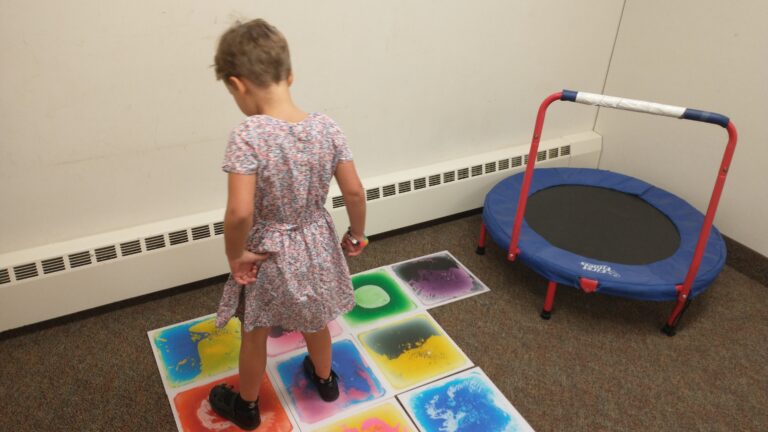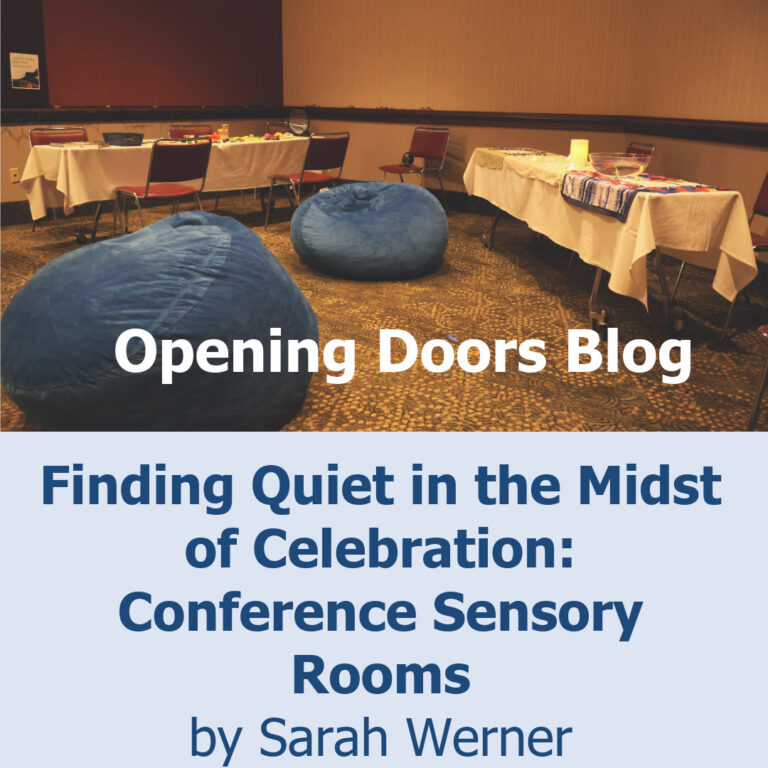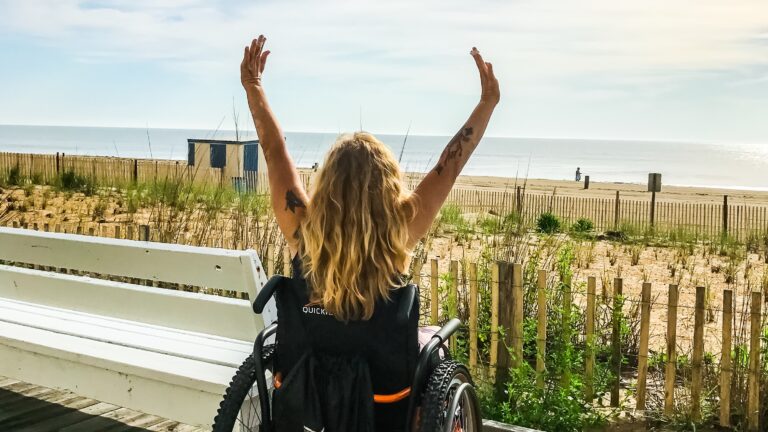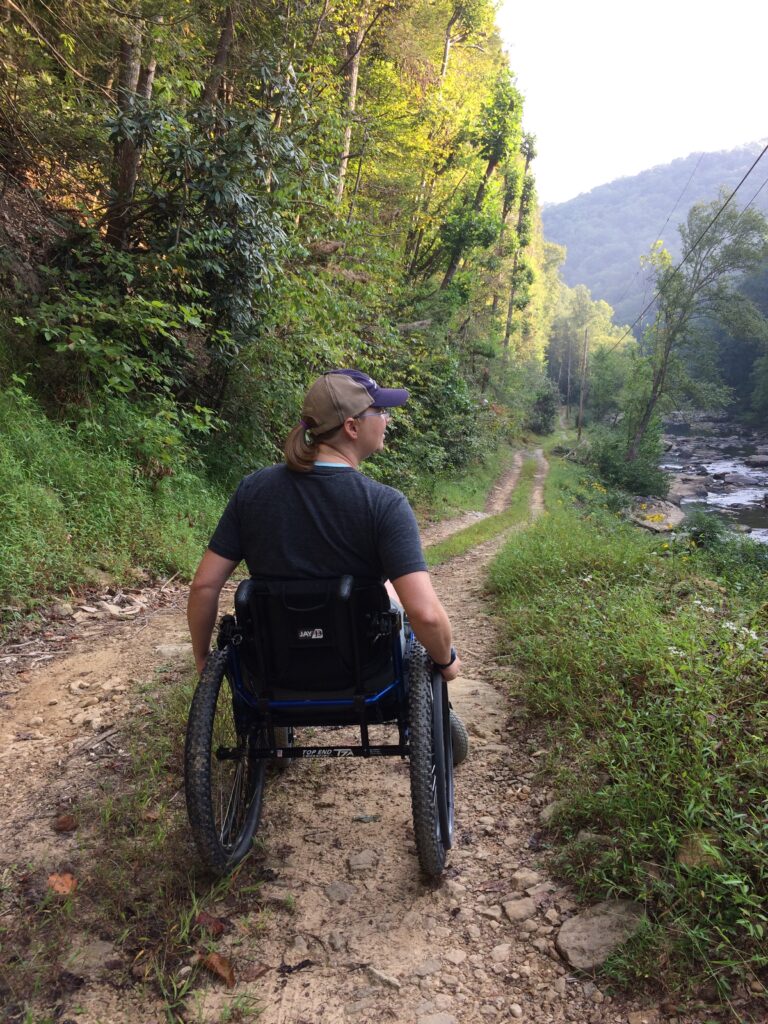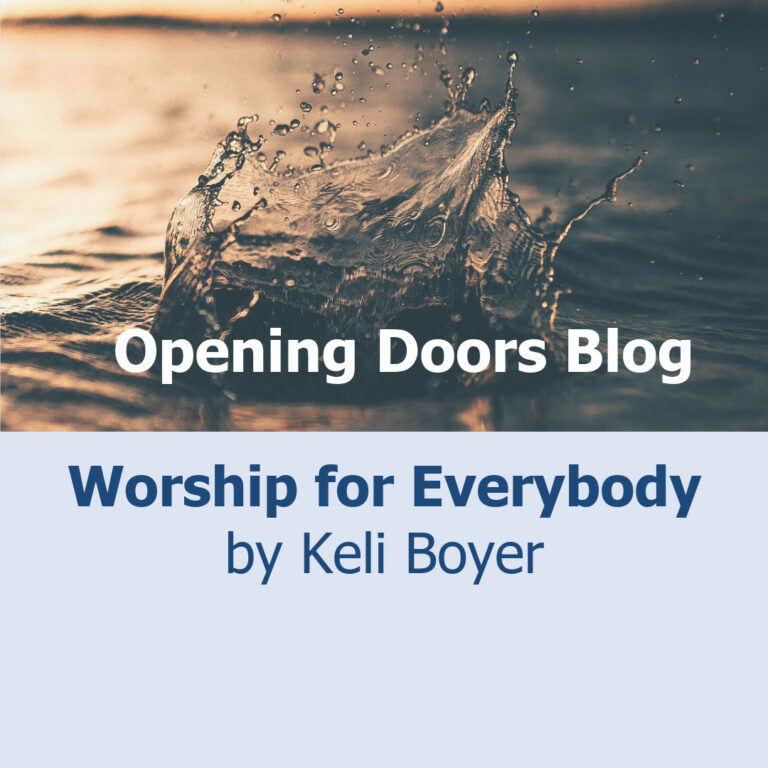Seeking Opportunities
Author’s Note:
Check out ADN’s Accessibility Survey here. We recommend printing the PDF to fill in the survey with your congregation, then using it as a guide to complete the online survey. Congregations who complete the online survey will receive feedback from ADN, highlighting ways they have taken great strides in accessibility and offering areas to grow. Additionally, congregations receive an Accessibility Seal to place on their website that reflects the areas of accessibility in which they excel.
In December 2022, Immanuel Mennonite Church (IMC) completed Anabaptist Disabilities Network’s (ADN) Accessibility Survey. I spoke with Pastor Matthew Bucher to learn more about the congregation’s process of filling out the survey. Pastor Matthew shared his congregation’s journey toward greater disability awareness, gathering as an accessibility team, and the opportunities for growth that emerged.
What led your congregation to decide to survey your accessibility?
When the MC USA Accessibility Resolution passed in Summer 2022, our church offered a Sunday School series using the Accessibility Resolution Study Guide that ADN published. That series, along with a growing presence of people with both visible and invisible disabilities in our congregation and community, prompted us to assess our congregation’s accessibility.
How did you approach filling out the survey?
I began by praying and asking advice from people with disabilities as to who should be at the table. We assembled a team of 11: Hannah Gullman, John Gullman, Deb Gullman, Dave Gullman, MaryBeth Heatwole Moore, Chris Moore, Lydia Haggard, Shanta Green, Laurie Ann Green, Seth Crissman, and myself. We met for three sessions, with everyone present for at least two sessions. Each session lasted two hours; we spent time checking in, sharing Scripture, singing, laughing, eating, and fellowshipping. Then we began filling out the survey. We also shared roles during these sessions, inviting a different person to lead each meeting.
We involved the congregation by asking them to pray during our sessions, and our committee offered a short update after each session. After we completed the survey, we presented a full summary of our results and next steps to the congregation.
What joys arose during the audit process?
The main joy was the stories that emerged: stories of appreciation for the ways the congregation has already made the building accessible, stories of learning opportunities from other congregations, stories of healing from past hurts. As an introverted pastor, I easily feel drained after gatherings. But this was the most fun series of meetings I’ve been part of for a long time, and I left each meeting feeling energized and excited.
Second, I appreciated the ideas that were generated. We acknowledged that people in our midst have gifts that our congregation didn’t have the structures to allow them to share. We began to make those changes and create spaces for the sharing of gifts. I have been reflecting on the balance between changing facilities to be more accessible and changing attitudes to become more inclusive. This process showed ways our congregation has taken steps in both areas.
What opportunities for growth did you face during the process?
The biggest sadness was naming ways that Immanuel hasn’t or can’t provide accessibility, and thus cannot fully welcome everyone. For example, our church is built on a hill, and the parking lot is located down the hill. We do not have good space for an accessible parking space that allows people in wheelchairs to enter our building without help from someone else. A sadness comes with this recognition. However, while acknowledging these and other problems, we try not to self-flagellate but to look for the growth opportunities.
As a pastor and member of this team, I also had the opportunity to focus on listening and belonging, not fixing. A part of disabilities ministry is about being with, not doing things for other people. Finally, my eyes have been opened to theological concerns, such as what happens when a beloved congregational song has ablest language.
What surprised you during the process?
I was surprised to learn that the church in the United States sought to be excluded from the Americans with Disabilities Act in 1968. I was also surprised by some of the stories of accessibility (or lack thereof) told by congregants not on the accessibility team about previous experiences at IMC and other churches.
What are your congregation’s next steps on your accessibility journey?
We have started to weave disabilities awareness and education more fully into our congregational life. Our accessibility team decided to highlight events and activities around disabilities, inviting the congregation to join the local disability organization’s events in the community.
A new church building project will have a clear recognition of long-term accessibility needs, and the survey will be an important lens for all ongoing projects. When creating our annual budget, we increased the sharing fund in recognition of the crip tax (a term referring to the increased cost of living for people with a disability), and we are replacing our door handles to be easily opened.
We also are trying to plan and respond to new opportunities. When members of the Deaf community visited our church on Easter, we asked a congregant to interpret during worship. When we heard that a few folks with visual impairment would be visiting our church, we reached out to ADN for resources.
Do you have any advice for congregations who are thinking about doing the accessibility survey?
I like to use the question “What is the opportunity here?” to dream and directly approach a new situation.


